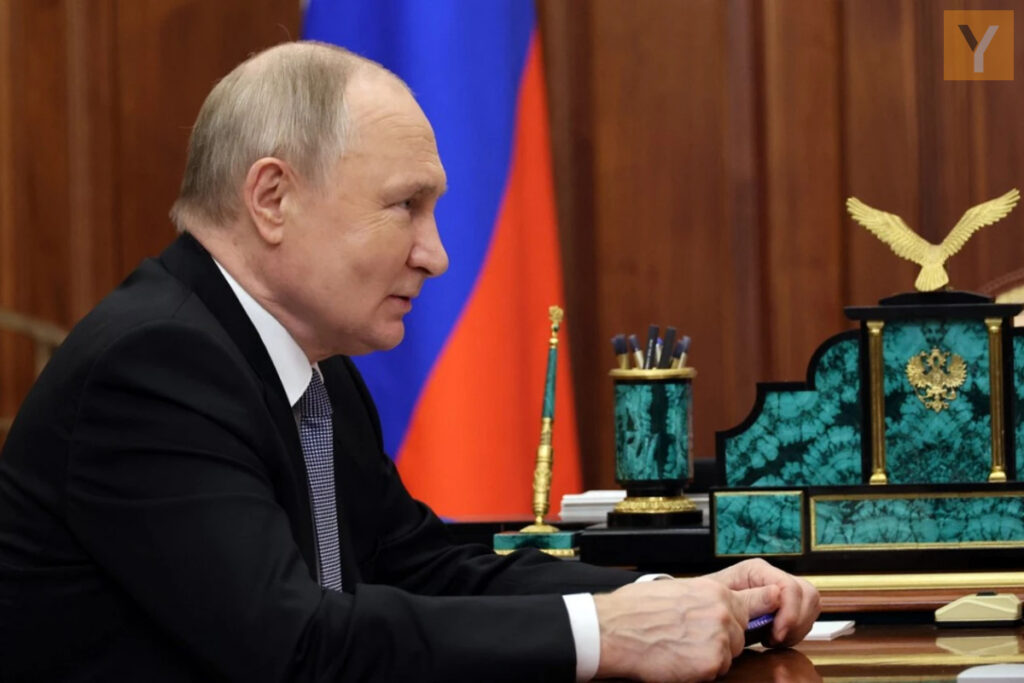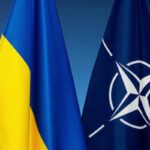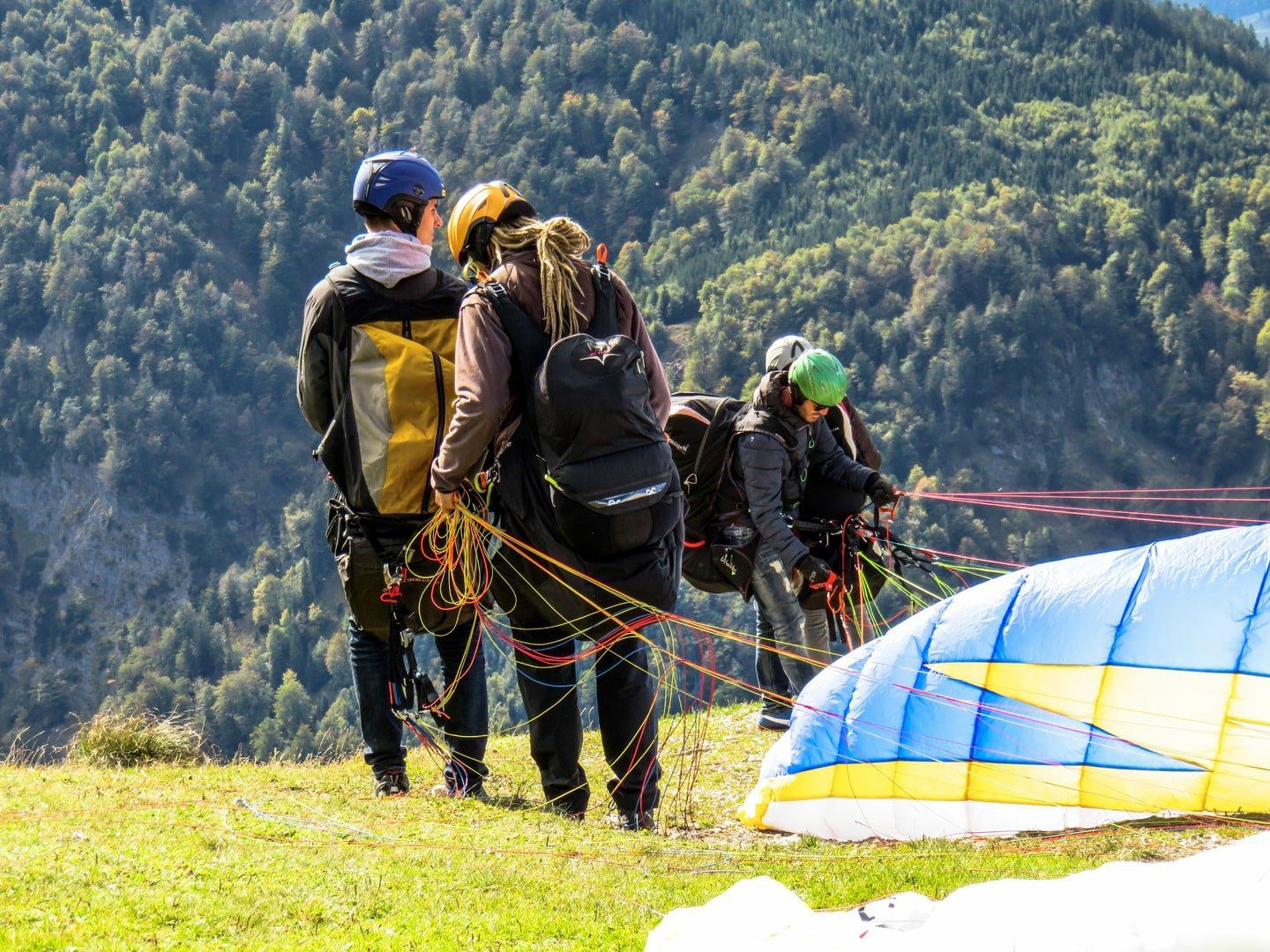
Russian President Vladimir Putin has orchestrated a rhetorical shift, portraying the ongoing war in Ukraine not as a direct conflict with the nation itself but as a broader struggle against the West. This strategic pivot, carefully analyzed by the Institute for the Study of War (ISW), reveals a calculated intent to negotiate with Western nations, all while applying pressure to coerce them into distancing themselves from Ukraine.
A Veiled Threat to Ukraine
During a meeting at a military hospital in Moscow on January 1, Putin’s statements hinted at a new narrative. He declared, “Ukraine by itself is not an enemy for Russia. The Western-based actors who want to destroy Russian statehood and achieve the strategic defeat of Russia on the battlefield are Russia’s enemies.” This deliberate framing of the conflict suggests a need for genuine intent to negotiate with Ukraine directly. Instead, Putin seems focused on shaping the narrative to persuade the West to compromise Ukraine in negotiations.
The ISW, in its analysis, astutely points out that Putin is likely deliberately and falsely framing Ukraine as a mere pawn without agency in the Russia-West conflict. The ultimate goal is masking his expansionist and maximalist objectives, primarily aimed at establishing complete, effective Russian control over Ukraine. This calculated misdirection serves Putin’s broader geopolitical ambitions while creating a façade of diplomatic engagement.
[adinserter name="One"]Implications for Western Nations
ISW analysts issue a stark warning to Western nations considering negotiations without direct Ukrainian involvement. They caution that such a move might signal to Russia that it can exert influence over countries within its perceived sphere, potentially extending beyond Ukraine to nations like Finland and Moldova. As outlined by the ISW, Putin’s strategic shift suggests a broader agenda beyond the immediate conflict in Ukraine.
[adinserter name="Two"]This recent shift in Putin’s rhetoric echoes his stance in December 2021, where he issued ultimatums to the United States and NATO, compelling them to acknowledge Russia’s sphere of influence in Eastern Europe. The current move aligns with Putin’s pattern of leveraging diplomatic manoeuvres and veiled threats to advance his geopolitical objectives.
U.S. Response
Amidst growing concerns about military aid to Ukraine, U.S. National Security Council Coordinator for Strategic Communications John Kirby reassures that all equipment supplied to the Ukrainian Armed Forces is being used appropriately. He emphasizes rigorous accountability measures and highlights the collaboration between the U.S. and Ukraine in ensuring the proper use of military resources.
[adinserter name="Three"]Recent reports of a Su-34 fighter bomber burning down at the Shagol airfield in Chelyabinsk, Russia, hint at possible Ukrainian involvement. The Ukrainian Defense Ministry’s Main Intelligence Directorate (HUR) has confirmed the incident. It is currently investigating the circumstances surrounding the destruction of the aircraft. This incident adds a layer of intrigue to the ongoing geopolitical chess game.
Countering Russian Aircraft and Strategic Strikes
Despite the complexities, Ukraine has demonstrated success in countering Russian aircraft, with the UA War Infographics project reporting the destruction of 45 Russian planes in 2023, notably achieving the highest numbers in January. The latest massive strikes by Russia against major Ukrainian cities are seen as an attempt to wear down both the population and air defences, emphasizing the urgency for Western allies to provide additional weapons and support.
[adinserter name="Four"]Conclusion
Putin’s recent overtures for negotiations with the West carry a deceptive undercurrent. The ISW’s analysis reveals that the framing of the Ukraine conflict as a battle against the West is a calculated move to manipulate diplomatic discussions, leveraging the West’s concerns about Russia’s expanding influence. As the geopolitical landscape evolves, the international community must navigate these intricate dynamics with a keen understanding of the underlying motives and strategic posturing.
[adinserter name="Five"]Frequently Asked Questions (FAQs)
-
Why has Putin shifted his rhetoric to frame the Ukraine conflict as a struggle against the West?
Putin’s rhetorical shift serves a strategic purpose. By portraying the conflict as a broader struggle against the West, he aims to negotiate exclusively with Western nations, pressuring them to distance themselves from Ukraine. This calculated maneuver allows Putin to advance his expansionist goals while shaping international narratives in his favor.
-
How does the Institute for the Study of War (ISW) interpret Putin’s recent statements about the Ukraine conflict?
The ISW analysis suggests that Putin is deliberately framing Ukraine as a pawn without agency in the Russia-West conflict. The intent is to mask his expansionist objectives and establish full effective Russian control over Ukraine. The ISW warns that this deceptive narrative may influence Western nations to negotiate Ukraine’s future without direct Ukrainian involvement, potentially impacting nations beyond Ukraine.
-
What is the significance of the Su-34 fighter-bomber incident at the Shagol airfield, and why is there speculation about Ukrainian involvement?
The incident at the Shagol airfield involves a Su-34 fighter-bomber burning down, with reports hinting at Ukrainian involvement. The Ukrainian Defense Ministry’s Main Intelligence Directorate (HUR) has confirmed the incident. The significance lies in the potential geopolitical implications of Ukrainian actions within Russia, adding complexity to the ongoing conflict dynamics. Investigations are ongoing to understand the circumstances surrounding the destruction of the aircraft.






